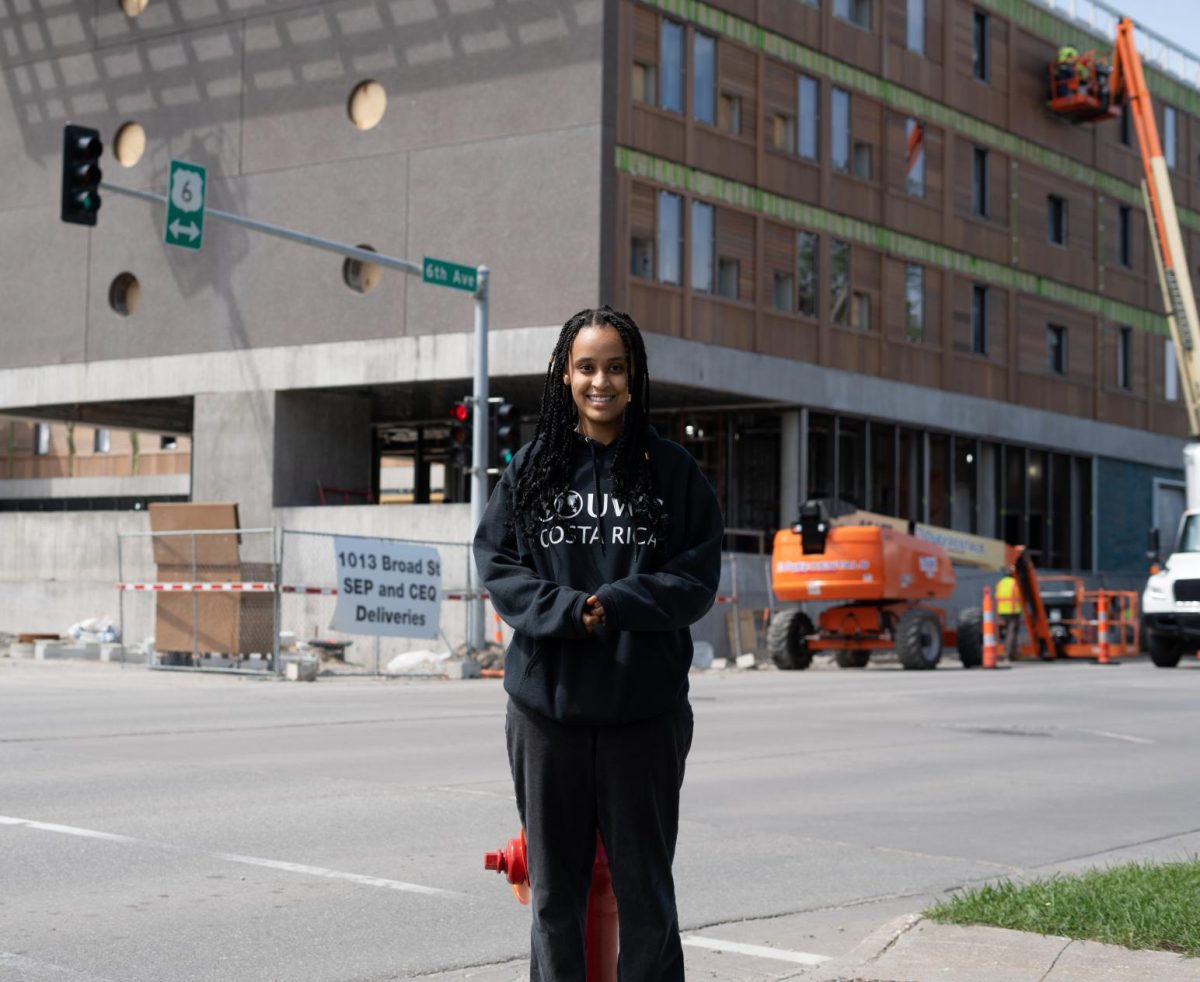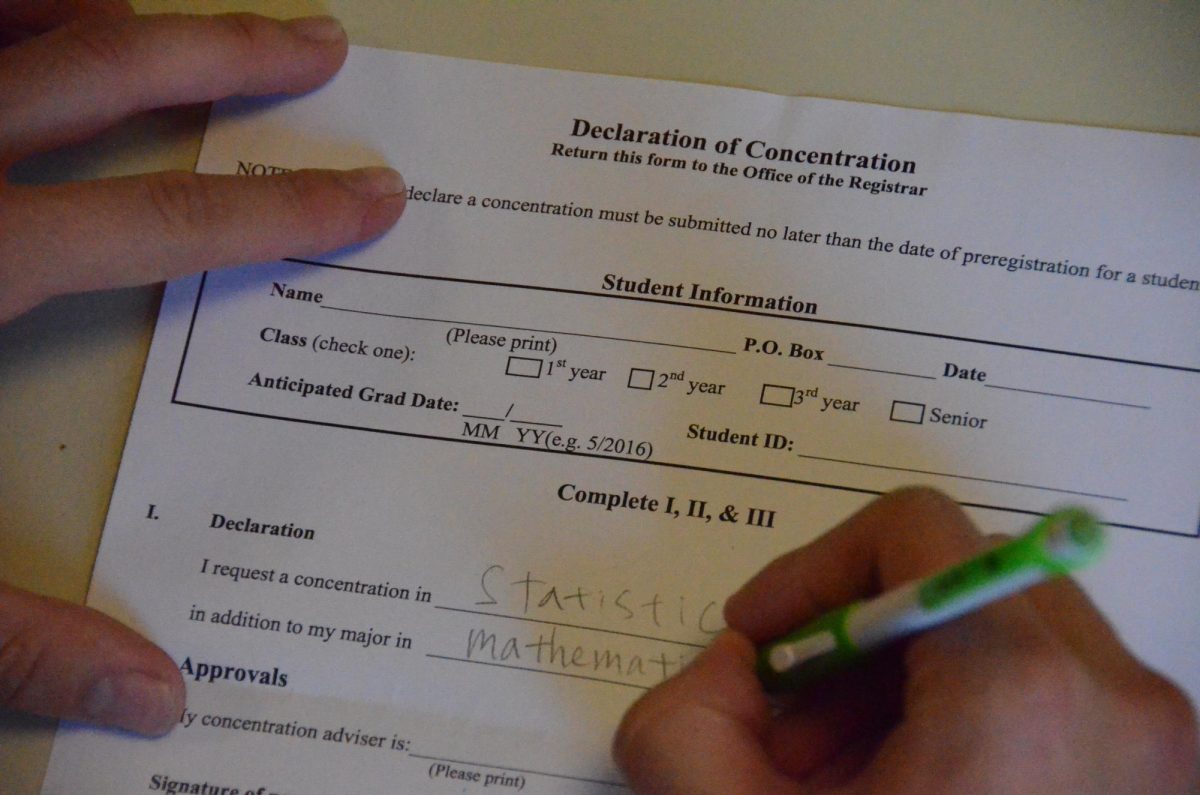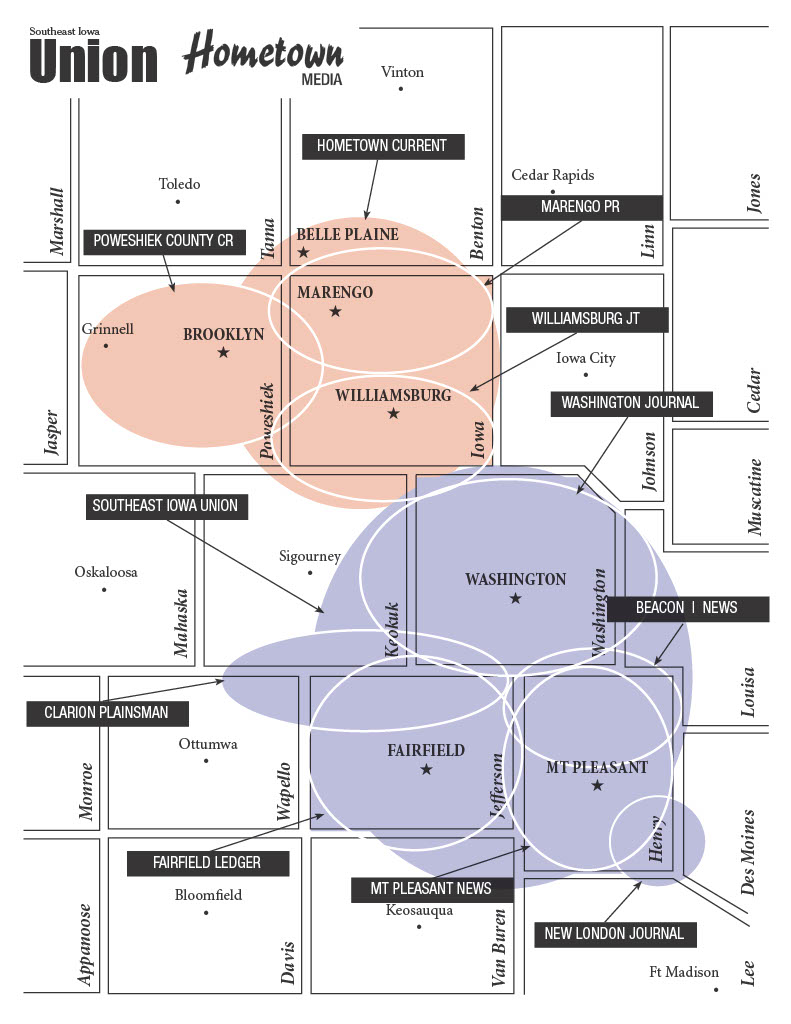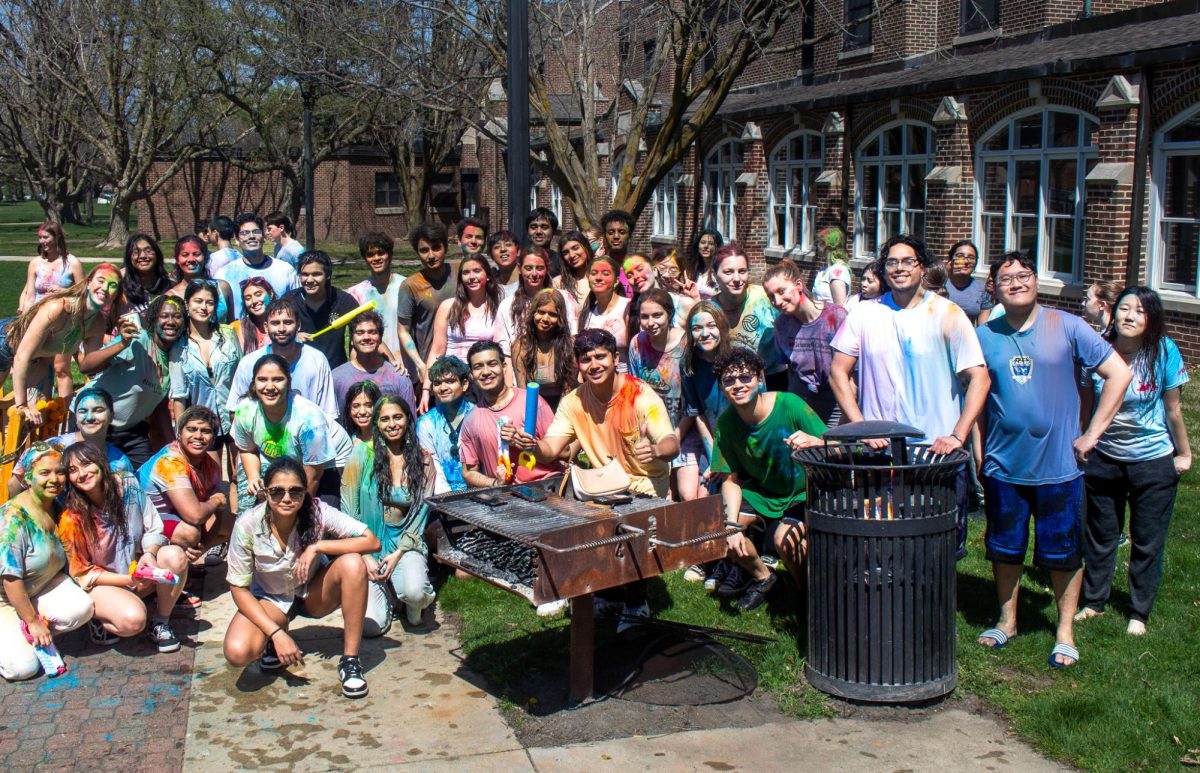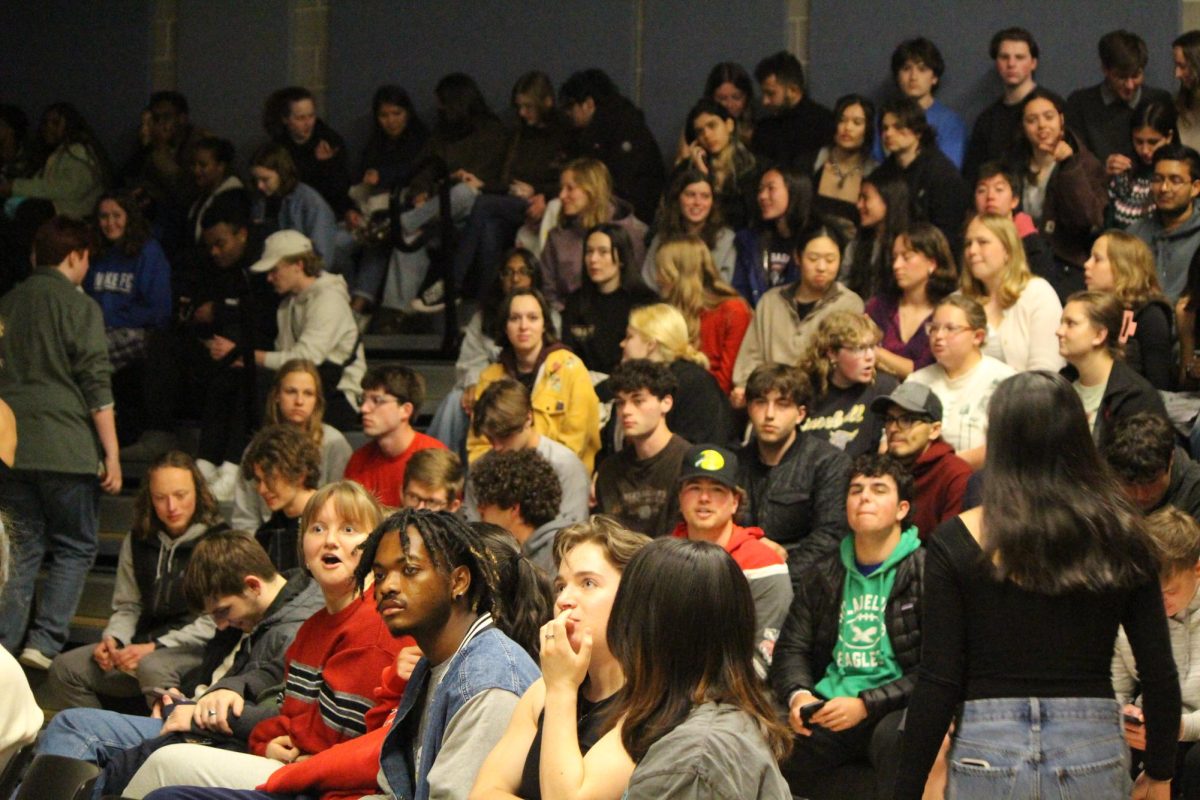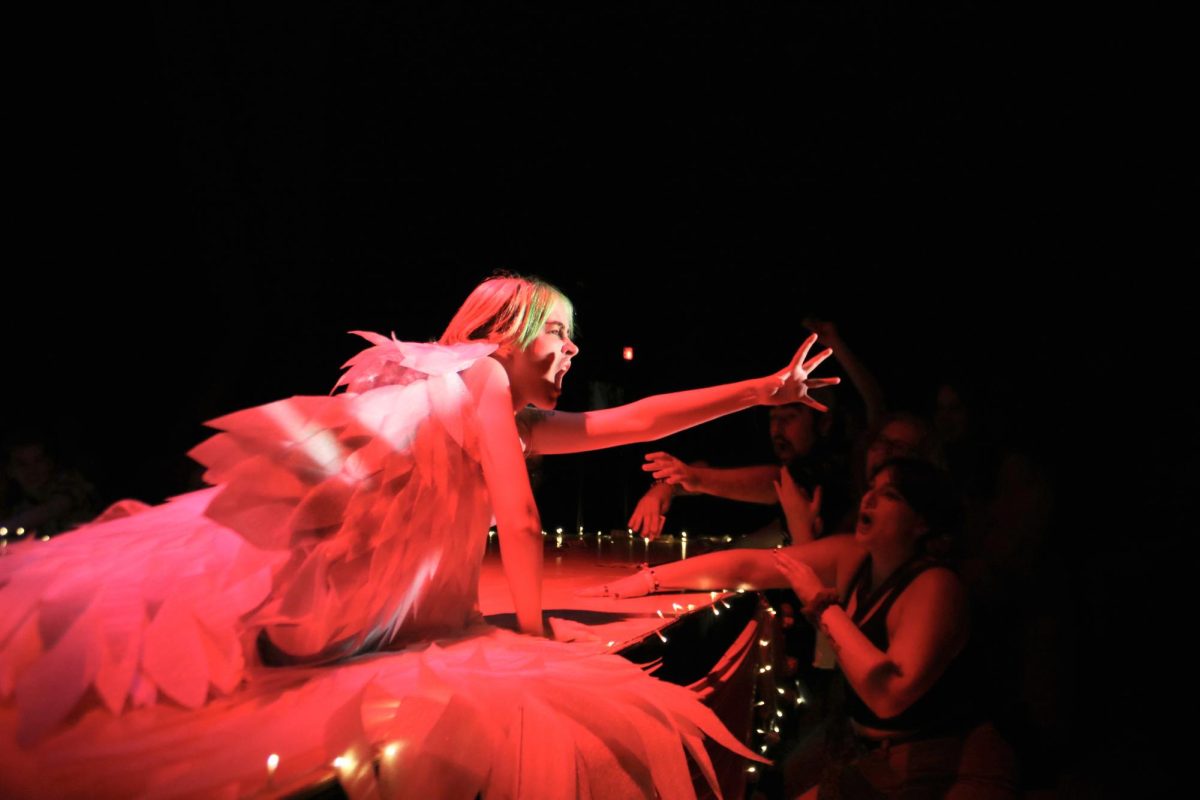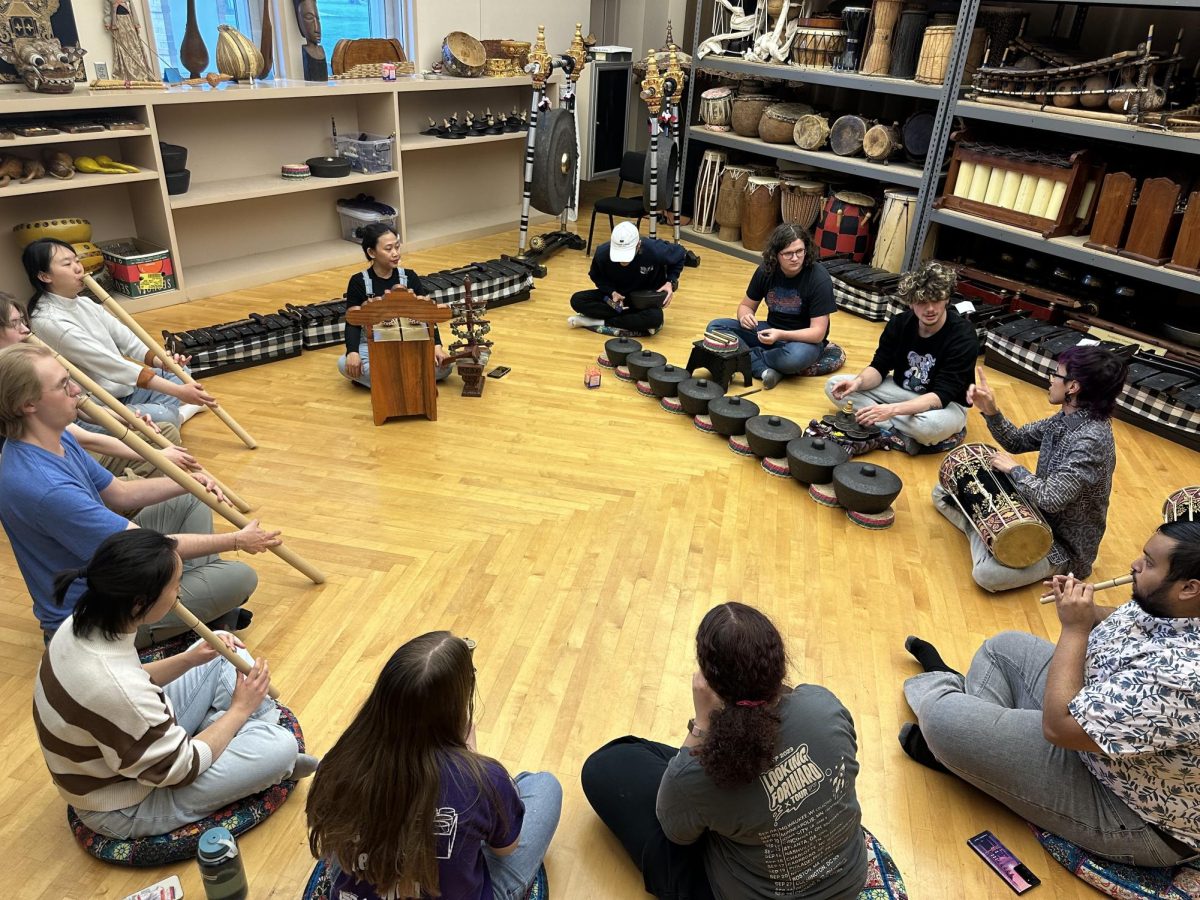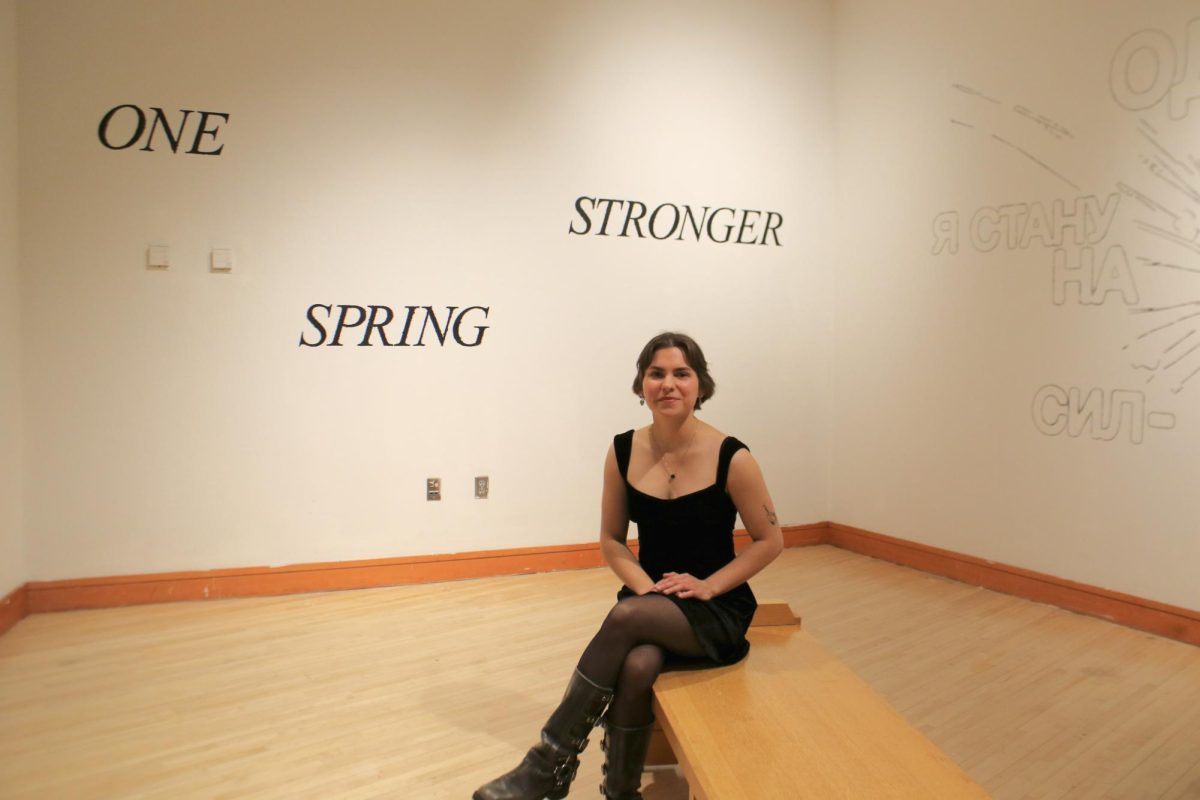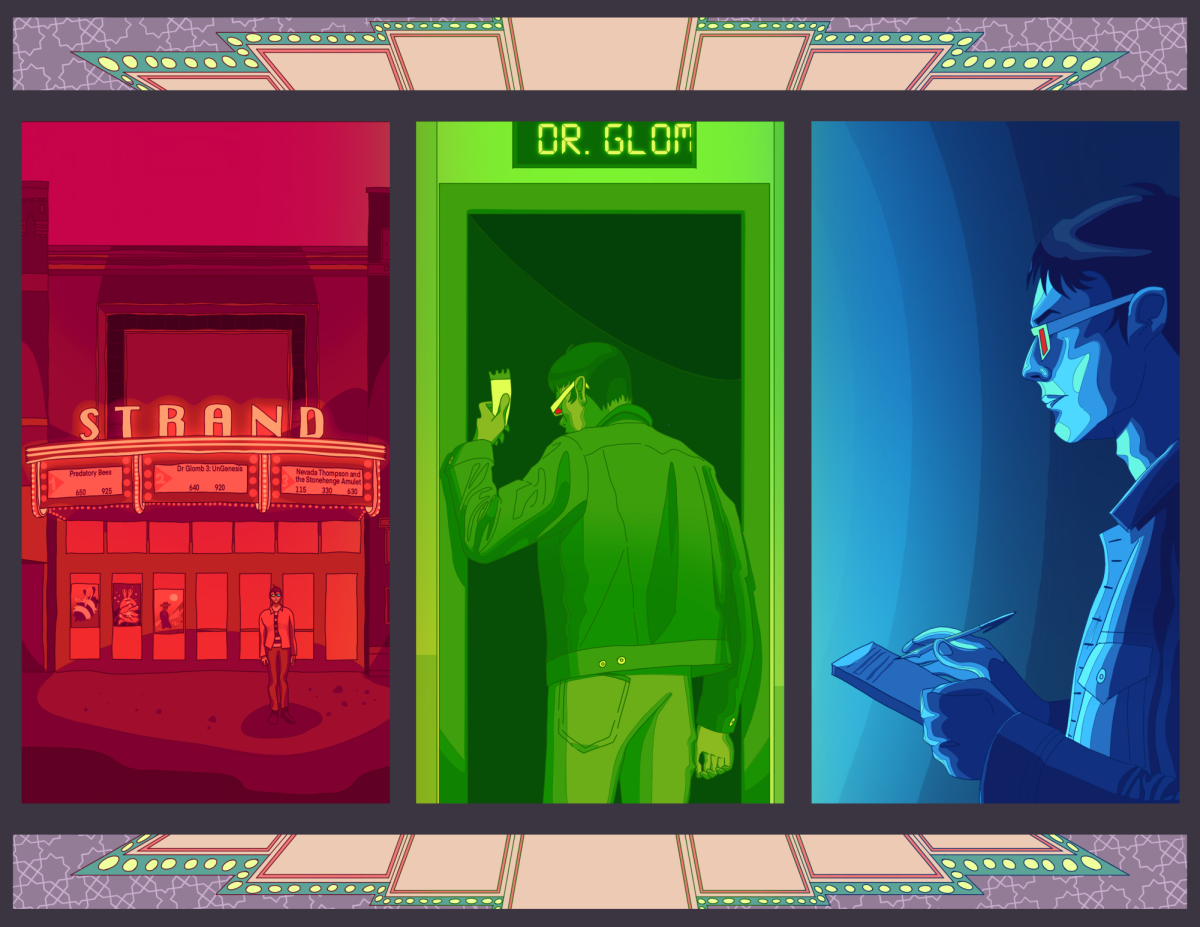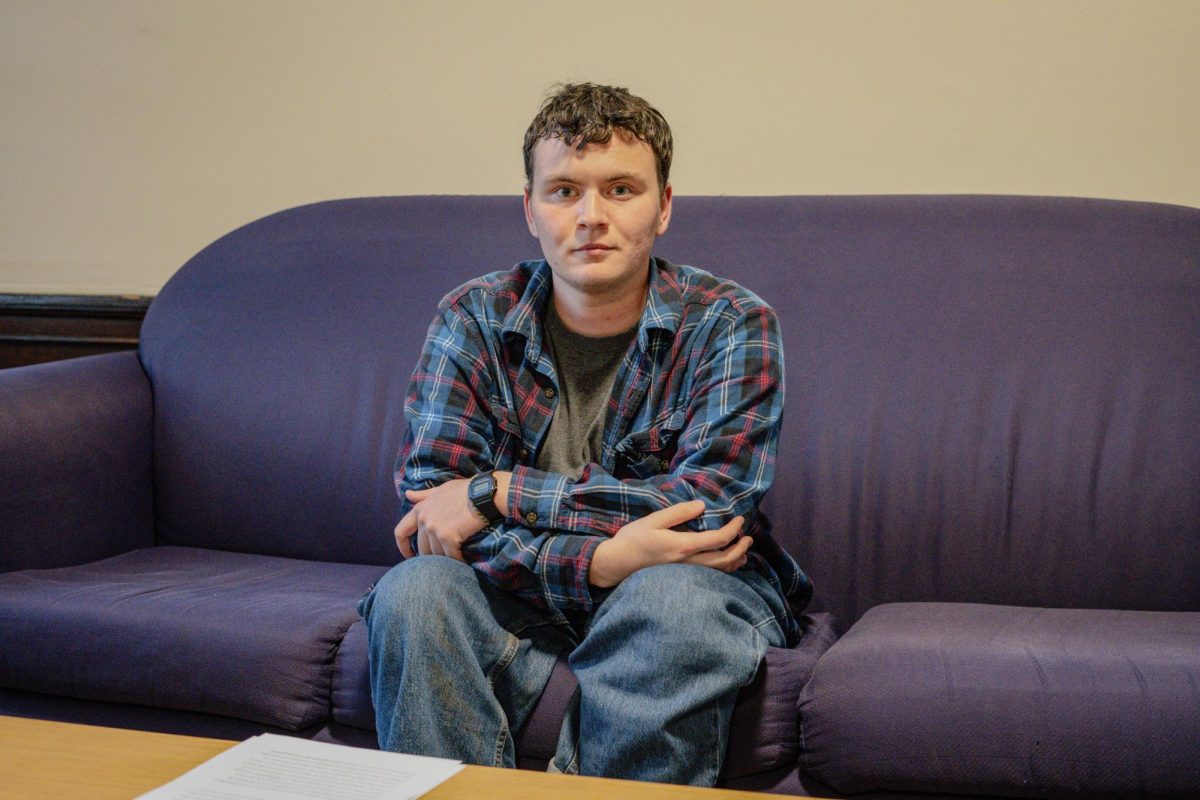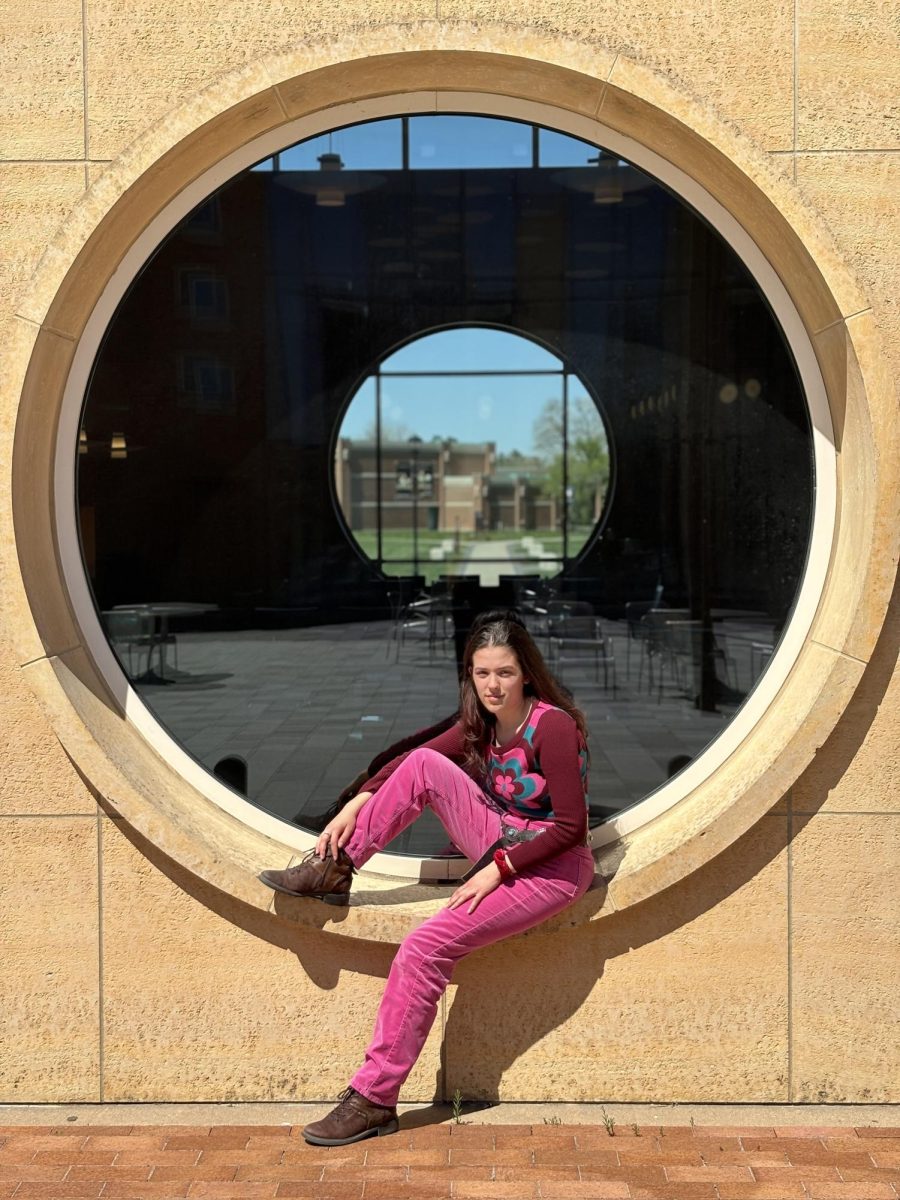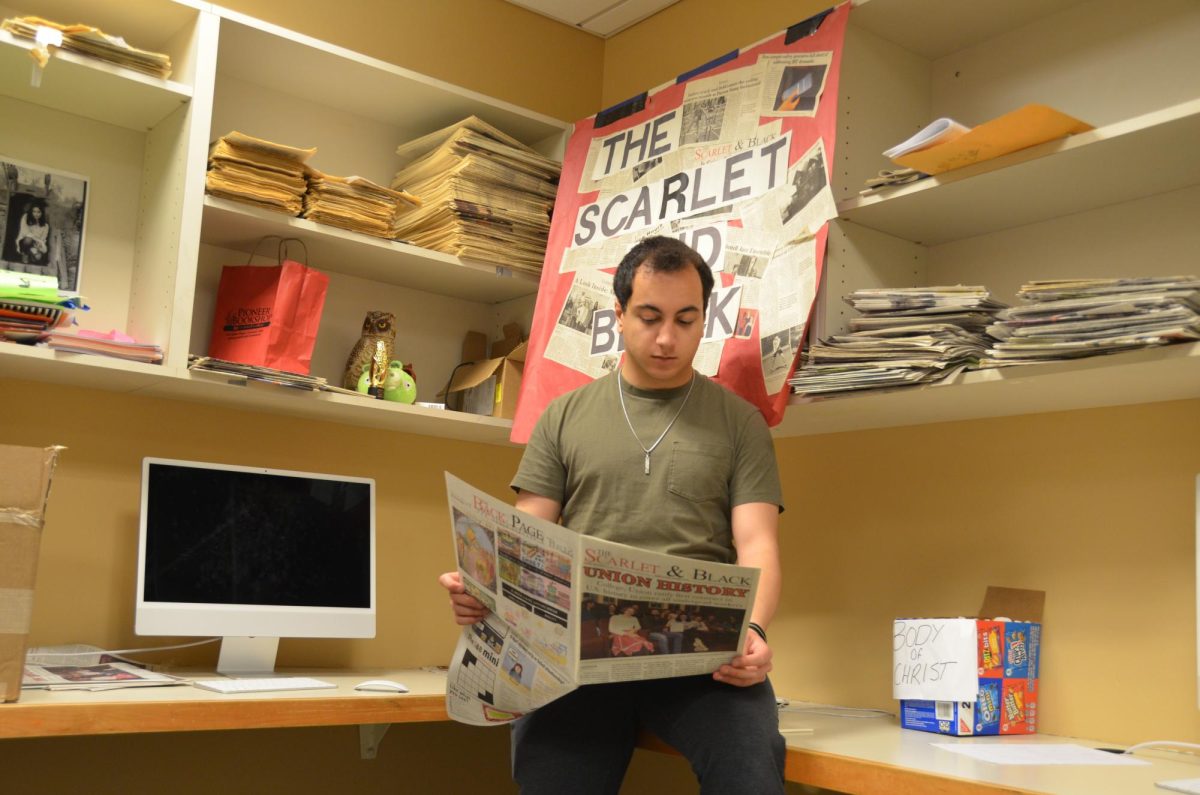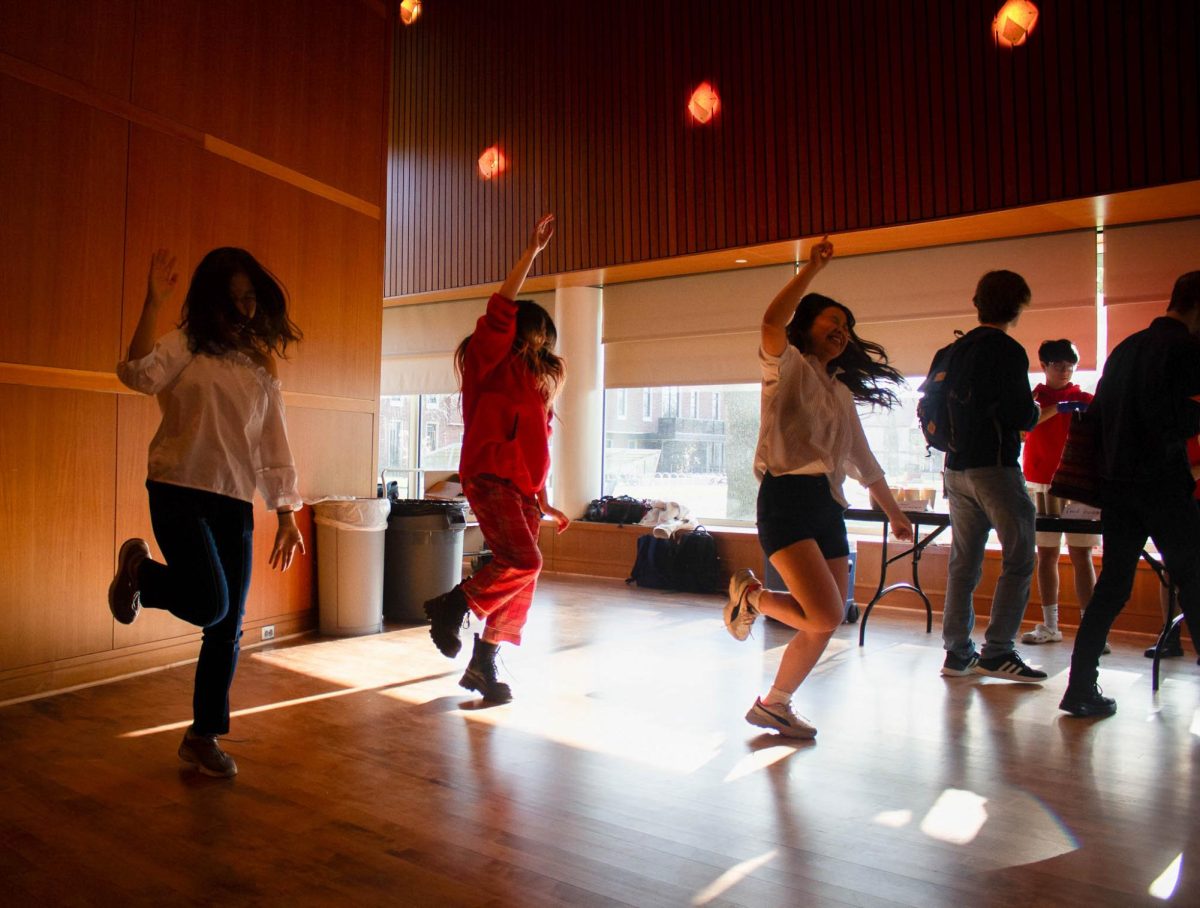Imagine for a moment, dear reader, someone sneaks up behind you and whispers in your ear: “What are you waiting for?” How do you respond?
Of course, your answer depends on where you are what you’re doing. Perhaps you turn around and investigate the source of the question. Or: it is night and you are alone, and you do not turn around due to fright. Or: you recognize the voice of a friend and happily say: “you!!” Or: you are sitting at a formal dinner and you reply: “for two more people to sit down before I eat.” Or: you say flatly, “for the D hall to open.” Or: you say, “for my leg to wake up so I can walk to class.” Or: you say “to catch the conscience of a friend as she realizes I hid her backpack.” Or: you might reply “nothing.”
So you might be intrigued by the question, startled by it, frightened by it, delighted by it, bored by it, or you might answer it straightforwardly. What do all of these instances of the question “What are you waiting for?” have in common? I might say first that you can perform all of these forms of “waiting” on this campus, and there is certainly nothing in the sky which explains why all these different instances or forms of “waiting” make sense to us.
In each example of “waiting,” the questioner, as she/he approaches you, already knows you are waiting. How? By your body. By the shape or posture of your body. She/he is reading your body; you are somehow displaying “the action of waiting.” Thus the approaching questioner must be enough in tune with you, in enough of a harmony with you, for her to discern solely from the shape of your body what mode of action (“waiting”) you are performing.
But what does your body look like in each of these cases? Is your shape or position while waiting the same for each case? No. While waiting at the formal dinner you might have your hands in your lap, perhaps trying not to stare at the food. While waiting for a friend you might be staring down at your shoes, absentmindedly, in which case your friend’s question might be a kind of light-hearted joke. While waiting for the D-Hall you might be leaning against an expensive white pillar. While waiting for your leg to wake up you might be impatiently lifting it up and down while you sit. And etc, etc. In each of the cases your body is doing different things and yet is still adequately captured by the word “waiting.” There is nothing more—but nothing less—to the word “waiting.”
Or: you are not waiting, in which case you reply with “I’m not waiting for anything.” Maybe the questioner replies: “Oh, you were fiddling with your pencil; I assumed you were waiting for something.” Maybe you were anxious about something. Or better: maybe you were pretending to be waiting, perhaps because you were subtly investigating the ratio of students who use cubbies instead of throwing their coats on the floor. In each of these last two cases, particularly the latter, would you say: how could you think that! I was clearly not waiting!”—No, you would not say that. In fact, if you were investigating coat-throwing habits, you may indeed have been displaying all there is to the word waiting—in which case you wouldn’t provide clear reasons why you weren’t waiting, but rather explain the circumstances in which you weren’t in fact waiting despite what it looked like, because you were anxious or because of your experiment. So now I will ask another form of the question: what are you waiting for?
If this piece at least intrigued you, then may I suggest that you gently rip up your Jstor article for one day, and read Philosophical Investigations, or some Stanley Cavell (I say this not to let names drop from my mouth like jewels but in order to cite my sources). Read what you have to and then read what you want. If we “don’t have the time” at 21, when will we “have the time?” There are words to be put over new things, in order to see new things.
By the way, dear reader, I thought of this article while I was waiting outside of the D-Hall. I thought about it to delight myself as I waited. For me, there’s no better use of this place than that.
